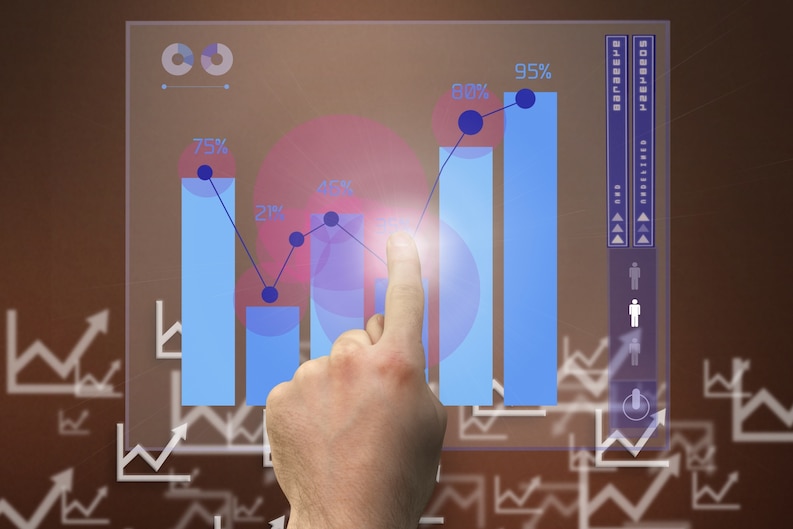Exploring Social Media Influencer Statistics in 2021: Insights and Trends
Introduction
Social Media Influencer Statistics 2021 has revolutionized how we connect, consume content, and make purchasing decisions. With the rise of social media influencers, brands are leveraging the power of these online personalities to reach and engage with their target audience. As we delve into the statistics and trends surrounding social media influencers in 2021, we gain valuable insights into their impact and reach on various platforms. Their preferred content types, and the evolving dynamics of influencer marketing.
The Growing Influence of Social Media Influencers
In 2021, the influence of social media influencers continued to grow exponentially. According to a study by Influencer Marketing Hub, 63% of marketers planned to increase their influencer marketing budgets. In 2021, demonstrating the industry’s significance. Instagram and YouTube emerged as the leading platforms for influencer marketing, with 89% and 70% of marketers utilizing these platforms, respectively. These statistics indicate the immense potential of influencer collaborations for brand visibility, engagement, and conversions.
Platform Preferences and Reach

Instagram and YouTube
With its visual-centric nature, Instagram remains the dominant platform for influencer marketing. In 2021, the platform reported over 1 billion active monthly users, and 78% of influencers identified it as their primary platform. With its extensive video-based content, YouTube followed closely behind, with over 2 billion logged-in monthly users and 63% of influencers using it as their primary channel.
Emerging Platforms: TikTok and LinkedIn
Beyond Instagram and YouTube, other platforms such as TikTok and LinkedIn have also seen significant growth in the influencer marketing space. TikTok, known for its short-form videos, witnessed an impressive rise in popularity. Especially among younger demographics, with 37% of influencers actively using the platform. LinkedIn, a professional networking site, experienced a 50% increase in influencer marketing activity in 2021. Reflecting its potential for B2B collaborations and thought leadership.
Influencer Categories and Niche Focus
Influencers come in various categories and niches, catering to diverse interests and industries. In 2021, the most popular influencer categories included lifestyle, beauty, fashion, fitness, and gaming. However, niche influencers specializing in specific areas, such as sustainability, mental health, and personal finance, also gained traction. The rise of niche influencers can be attributed to the growing demand for authentic. relatable content that resonates with audiences on a deeper level.
The Rise of Micro and Nano-Influencers
While macro-influencers and celebrities have traditionally dominated influencer marketing campaigns. 2021 witnessed a surge in the popularity of micro and nano-influencers. Micro-influencers typically have between 10,000 to 100,000 followers, while nano-influencers have even smaller follower counts. Despite their smaller audiences, these influencers boast higher engagement rates and foster stronger connections with their followers. thanks to their niche expertise and relatability. As a result, brands have increasingly turned to these influencers to tap into highly engaged communities. And drive more authentic brand advocacy.
Influencer Marketing ROI and Challenges

Measuring ROI
Measuring influencer marketing campaigns’ return on investment (ROI) continues to be a challenge for marketers. According to a survey by Linqia, 76% of marketers cited measuring ROI as their top influencer marketing challenge in 2021. However, tracking tools and analytics advancements have enabled marketers to gain deeper insights into campaign performance and impact.
The Role of Influencer Marketing Agencies
Additionally, the rise of influencer marketing agencies and platforms has simplified identifying, vetting, and collaborating with influencers, further optimizing campaign effectiveness.
Conclusion
In conclusion, the data from 2021 highlights the undiminished power and potential of social media influencers in the digital marketing landscape. Recognizing the shifting dynamics, brands have made calculated moves, ensuring they tap into the proper channels and collaborate with influencers that resonate best with their audience. Influencer marketing is poised to remain a key player in shaping online consumer behavior as the digital ecosystem evolves.

Unlock your online potential with the 5-day Boost Your Followers Challenge. Learn proven strategies to master social media and online influence in just 5 days!

